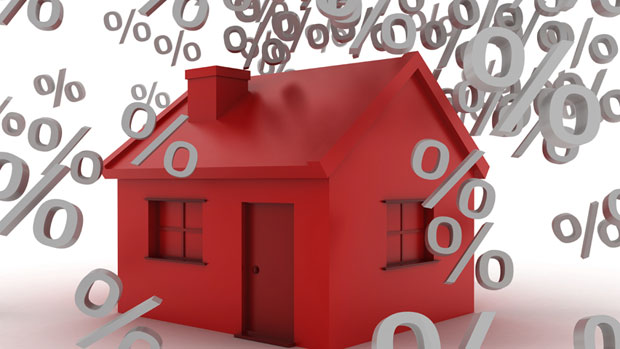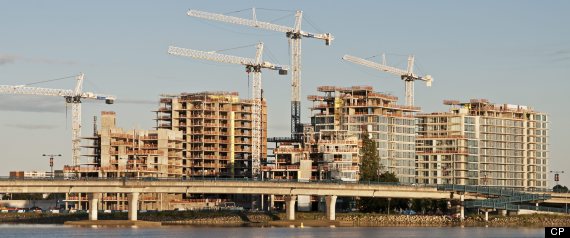Last Tuesday, Statistics Canada released the rates and values of approved building permits nation-wide for February, 2013. Around this time, analysts also discussed the state of the Canadian housing market in March, suggesting that the country is currently in a state of cooling. Following the recession a few years back, Canada was a global leader in real estate growth. It seems, however, that this trend has ceased to continue and that Canada must prepare for a “soft landing” in the near future.
Although findings reveal that the housing market in March did improve from the low ratings in February, the market is still down 13.6% from where it had been last year. Despite these statistics, analysts do not fear of an imminent crash. The reason being: a crash has never occurred without a trigger; and, as of now, given the affordability and low-interest rates for mortgages, a trigger is not in the cards. Even though the housing market has slowed down, building permits are still slightly above necessity level, which is 180,000 units annually. If figures drop below this level, the economy will still survive since there is a surplus of housing anyway.
February 2013
In February, Canadian municipalities issued approximately $6-billion worth of building permits, an 1.7% increase from January. Although better than the beginning of the year, these numbers still reflect a decline in the housing market. In fact, the forecasts initially marked February, 2013 for a 4.3% increase, which of course did not happen. In mid-2012 the value of permits in Canada’s non-residential sector rose by 18.4%, but have flatten out since, neither raising nor lowering significantly. On the contrary, residential Canada fell 7.2% in its ninth decrease since last year.

Non-Residental
- Commercial: Increased by 13.2%, continuing an upward trend since 2011. Majority of the building permits were granted to municipalities of Alberta and British Columbia for hotels, recreational facilities, offices, retail outlets, and warehouses.
- Institutional: Permits rose by 27%, almost compensating for the 29% decrease in January. Ontario was largely responsible for this sudden rise as plans for educational, medical, government facilities moved forward.
- Industrial: Climbed by 34.7% in the first increase since last quarter. Permits during February were primarily for manufacturing and transportation facilities.
Residential
- Multi-Family Dwellings: For the seventh time in only eight months, building permit rates decreased by 19.1%.
- Single-Family Dwellings: Up by 1.1% since January.
In general, Canadian municipalities approved permits for 14,071 new residential units during the month of February, which is still 12% lower than the previous month. In saying this, the value of each permit rose in 19 of the 34 Census Metropolitan Areas. Of these cities, Toronto was among those that suffered from significance decreases, as opposed to the others that improved.

Given the February and March 2013 reports, the Canadian housing market is certainly looking at a “soft landing” if the trends continue. In terms of residential living, these figures could be optimized if ways to increase multi-family dwelling construction could be found. Whether or not this is necessary, is open for debate.
 Torontonian Online Running in the fast lane! Real estate and more…
Torontonian Online Running in the fast lane! Real estate and more…






One comment
Pingback: Finance Minister Still Interfering with the Mortgage Market | Torontonian Online